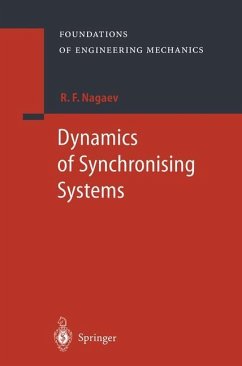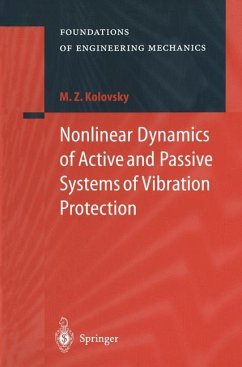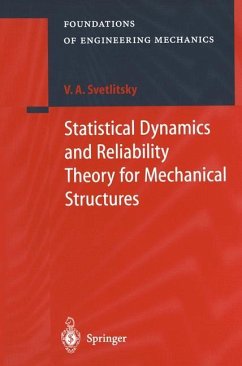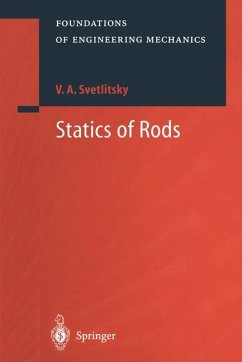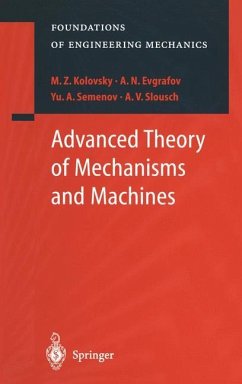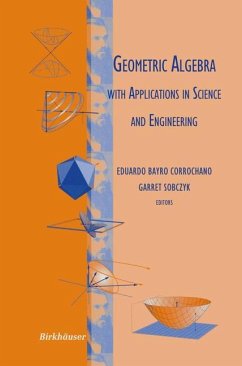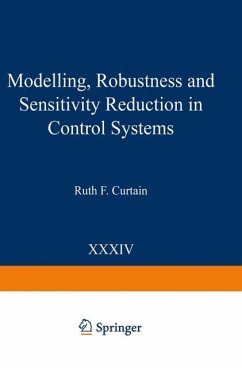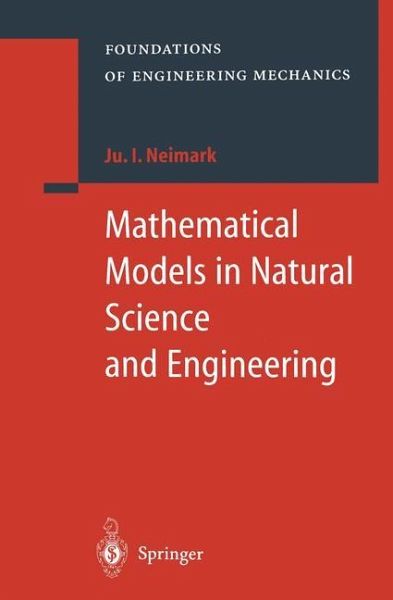
Mathematical Models in Natural Science and Engineering

PAYBACK Punkte
77 °P sammeln!
This book has come into being as a result ofthe author's lectures on mathematical modelling rendered to the students, BS and MS degree holders specializing in applied mathematics and computer science and to post-graduate students in exact sciences of the Nizhny Novgorod State University after N.!. Lobatchevsky. These lectures are adapted and presented as a single whole ab out mathematical models and modelling. This new course of lectures appeared because the contemporary Russian educational system in applied mathematics rested upon a combination of fundamental and applied mathematics training;...
This book has come into being as a result ofthe author's lectures on mathematical modelling rendered to the students, BS and MS degree holders specializing in applied mathematics and computer science and to post-graduate students in exact sciences of the Nizhny Novgorod State University after N.!. Lobatchevsky. These lectures are adapted and presented as a single whole ab out mathematical models and modelling. This new course of lectures appeared because the contemporary Russian educational system in applied mathematics rested upon a combination of fundamental and applied mathematics training; this way of training oriented students upon solving only the exactly stated mathematical problems, and thus there was created a certain estrangement to the most essential stages and sides of real solutions for applied problems, such as thinking over and deeply piercing the essence of a specific problem and its mathematical statement. This statement embraces simplifications, adopted idealizations and creating a mathematical model, its correction and matching the results obtained against a real system. There also existed another main objective, namely to orient university graduates in their future research not only upon purely mathematical issues but also upon comprehending and widely applying mathematics as a universal language of contemporary exact science, and mathematical modelling as a powerful me ans for studying nature, engineering and human society.





